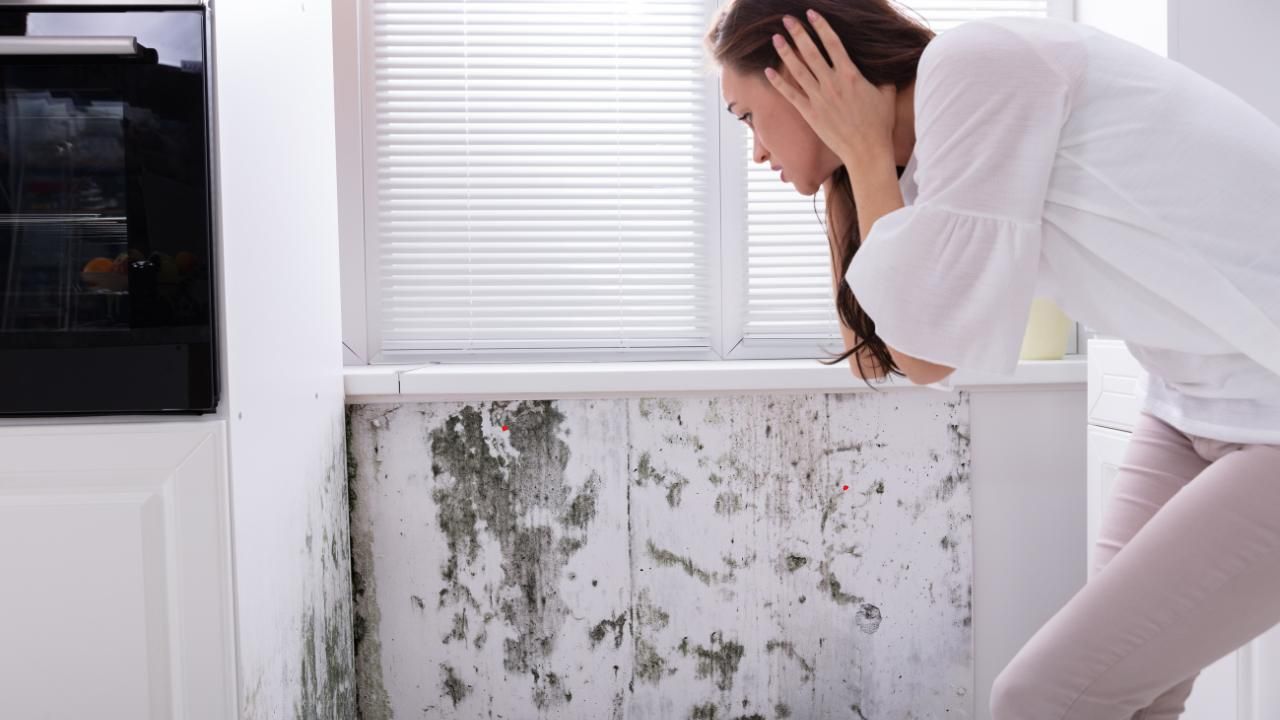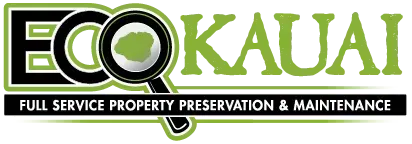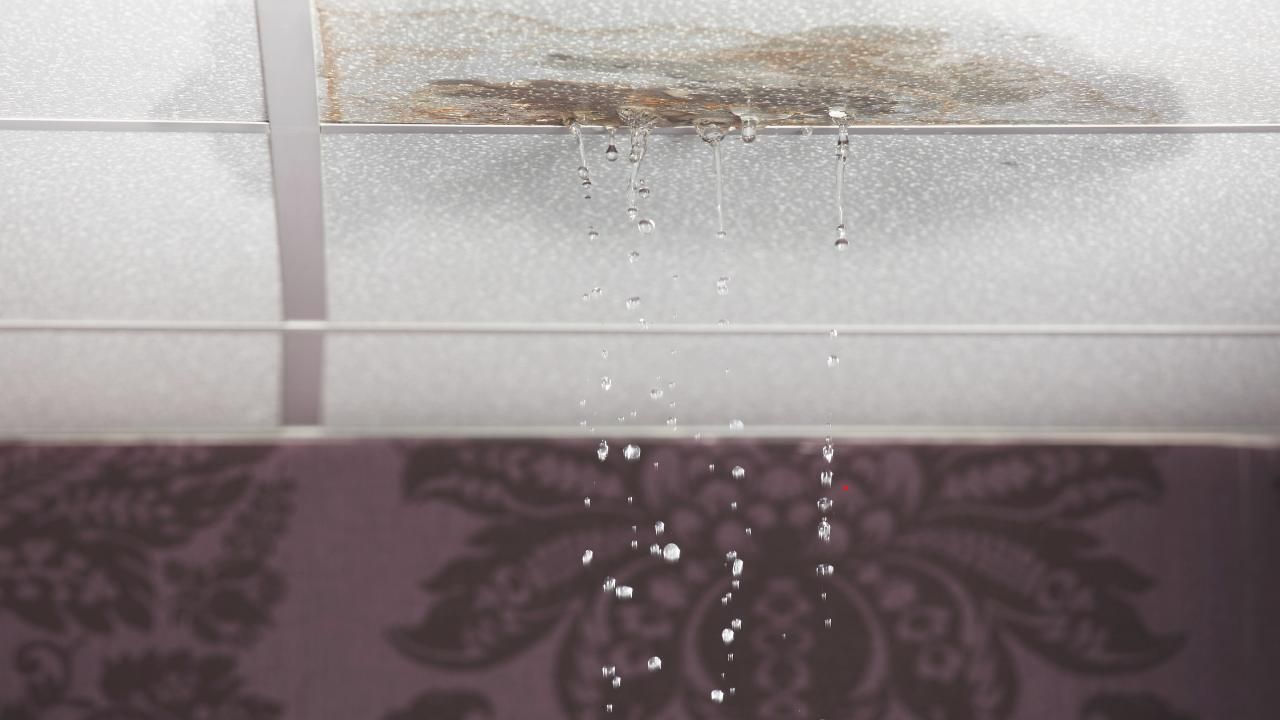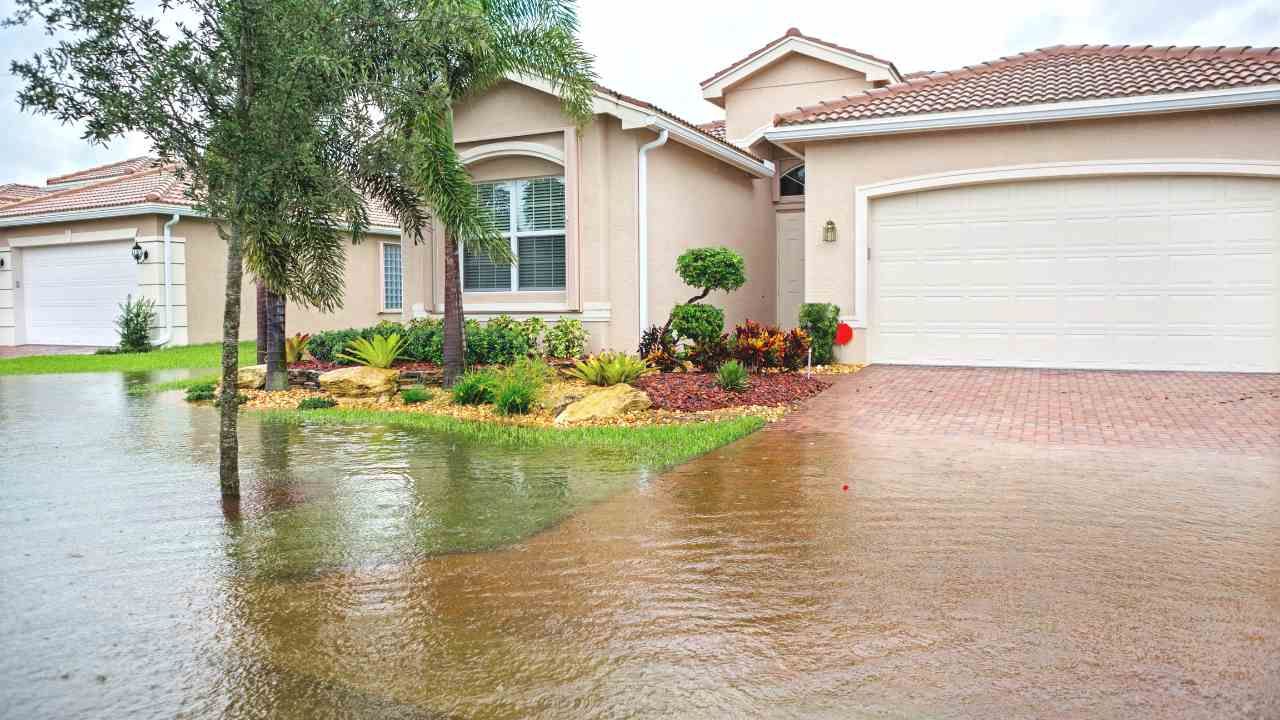Humidity Control: A Crucial Step in Mold Removal

Mold removal is a critical concern for homeowners, especially in humid regions where moisture levels remain high year-round. In places like Kaua’i, excess humidity creates the perfect breeding ground for mold, leading to persistent infestations even after repeated cleanings. While many focus on scrubbing away visible mold, the key to long-term prevention lies in managing indoor humidity levels effectively.
The Hidden Link Between Humidity and Mold Growth
Mold spores are naturally present in the air, but they only thrive when they find the right conditions—moisture, warmth, and organic materials to feed on. High humidity provides the moisture mold needs, allowing it to grow on walls, ceilings, carpets, and even furniture.
Many homeowners struggle with recurring mold issues because they address only surface-level growth. They clean the visible mold but fail to tackle the underlying moisture problem. If indoor humidity remains uncontrolled, mold will keep returning, often in the same areas.
Why Mold Keeps Coming Back: Understanding Humidity’s Role
Humidity levels above 60% create an ideal environment for mold. Unfortunately, many everyday activities contribute to excess moisture indoors. Cooking, showering, drying clothes indoors, and even breathing all release water vapor into the air. Without proper ventilation, this moisture lingers, allowing mold spores to settle and multiply.
In tropical climates, humidity can seep into homes through poorly sealed windows, cracks in the foundation, and uninsulated walls. Air conditioning alone isn’t always enough to combat the problem, especially if the unit isn’t properly maintained or sized for the space.
How to Measure and Manage Humidity at Home
Controlling humidity starts with knowing your indoor moisture levels. A hygrometer, an inexpensive device available at hardware stores, allows homeowners to monitor humidity levels in different areas of the house. Ideally, indoor humidity should be kept between 30-50% to prevent mold growth.
Common Mistakes to Avoid
- Relying solely on air conditioning to manage humidity.
- Ignoring moisture buildup in attics, basements, and crawl spaces.
- Overlooking leaks from pipes, roofs, or walls that contribute to hidden moisture problems.
Proven Strategies for Controlling Humidity and Preventing Mold
1. Improve Ventilation
Proper airflow reduces excess moisture. Homeowners should:
- Use exhaust fans in bathrooms and kitchens to remove steam from cooking and showers.
- Open windows when possible to promote natural air circulation.
- Consider installing a whole-house ventilation system for consistent moisture control.
2. Use Dehumidifiers Where Needed
A dehumidifier is a powerful tool for keeping humidity in check, particularly in damp areas like basements, laundry rooms, and poorly ventilated bathrooms. The right-sized unit can extract excess moisture from the air, creating an environment where mold cannot thrive.
3. Fix Moisture Sources Immediately
Leaky pipes, clogged gutters, and water seepage from the roof all contribute to mold-friendly conditions. Routine home maintenance is crucial in preventing unexpected moisture buildup.
4. Adjust Air Conditioning for Better Humidity Control
An air conditioner can help manage humidity, but only if it’s the right size for the space. An oversized unit cools a room too quickly without properly dehumidifying the air. Homeowners should ensure their AC system is well-maintained and fitted with a clean air filter to promote efficient airflow.
Case Study: How One Homeowner Beat Recurring Mold with Humidity Control
A homeowner in Kaua’i constantly struggled with mold in their bedroom closet. Despite scrubbing it away multiple times, the mold always returned within weeks. They invested in a hygrometer and discovered their closet had humidity levels above 65%. To combat this, they installed a small dehumidifier, improved ventilation by keeping the closet door open during the day, and sealed minor cracks where outside moisture was entering.
Within a few weeks, the mold problem disappeared, and the homeowner noticed a significant improvement in indoor air quality. By addressing humidity rather than just cleaning mold, they found a long-term solution.
Take Control of Humidity and Say Goodbye to Mold for Good
Mold removal isn’t just about scrubbing surfaces—it requires managing indoor humidity to keep mold from coming back. By improving ventilation, using dehumidifiers, and fixing hidden moisture issues, homeowners can maintain a mold-free living space for the long run.
For professional assistance in controlling humidity and ensuring effective mold removal, contact Eco Kauai Services today.




